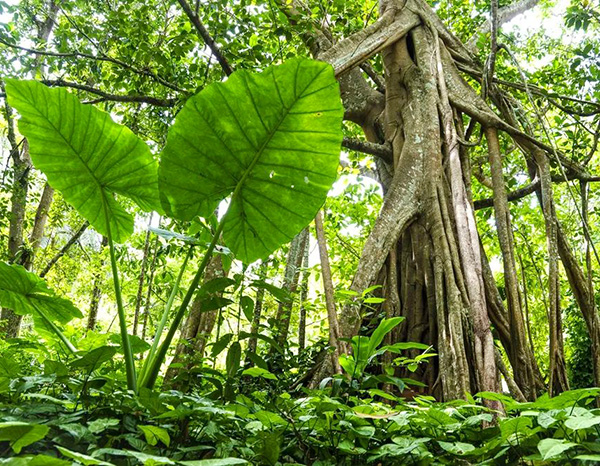Terrestrial plant diversity is critically important to human well-being. Numerous species are utilized for food, medicine, timber, fiber, and fuel, and many of these uses are species specific. Plants also dominate the provision of essential ecosystem services. Recent estimates of the proportion of vascular plant species threatened with extinction range from 21% to 44%. However, compared with animals, the threats to its survival and plant conservation received less support.
In a review published in Trends in Plant Science, Richard Corlett, an emeritus professor of Xishuangbanna Tropical Botanical Garden (XTBG), reviewed the current barriers to successful plant conservation and suggested how to achieve zero extinction, of plant species, preventing all future land plant extinctions across the globe.
“Plants can be conserved in situ, in protected areas, and ex situ, in living collections, seed banks, or cryogenic storage. At least one option is available for all species that need it, but no single method works for all,” said Richard Corlett.
Currently, there are many problems, including lack of support, incomplete inventory, slow progress in global conservation status assessment, data availability, conservation below species level, inadequate coverage of threatened plants in protected areas, low size, genetic diversity, and representativeness of living collections, limitations of seed banking, etc.
The plant ecologist suggested training more taxonomists, training more assessors, digitizing all herbarium specimens to create an online global meta-herbarium and extended specimen network, establishing plant microreserves, etc.
“It is possible to increase size, genetic diversity, and representativeness of living collections by coordinating botanical gardens, planting in public green spaces, making additional collections from the wild and supplementing with seed banks and cryobanks,” said Prof. Corlett.
Machine learning, citizen science (CS), and new technologies may also mitigate those problems. But the plant ecologist called for setting national and global targets of zero plant extinction to attract greater support.
“Improving public and formal education, and prioritizing national endemics is meaningful, too” said Prof. Corlett.
Contact
Richard T. Corlett Ph.D
Center for Integrative Conservation, Xishuangbanna Tropical Botanical Garden, Chinese Academy of Sciences, Menglun, Mengla, Yunnan 666303, China
E-mail: corlett@xtbg.org.cn

A living collection in Xishuangbanna Tropical Botanical Garden. (Image by XTBG)
Published:May 02, 2023

